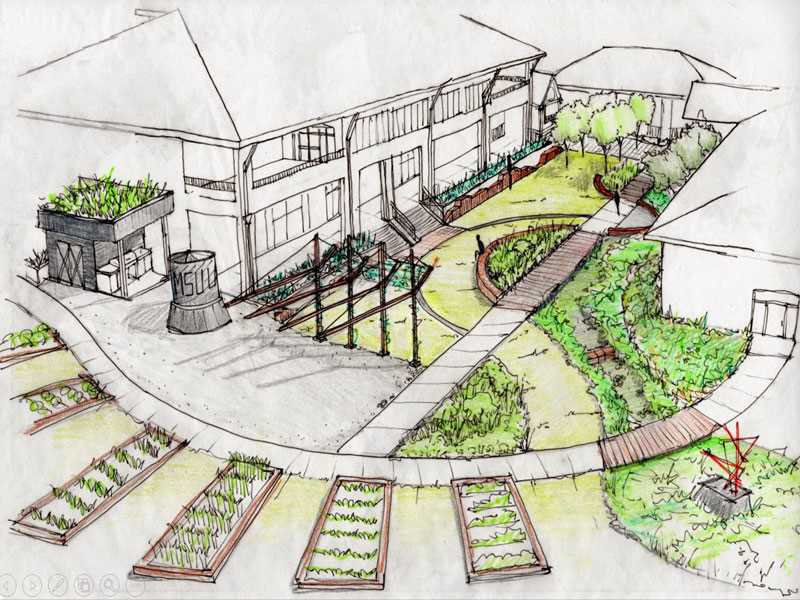Landscape architecture or landscape design is a profession related to the design and exploitation of land for human use and enjoyment. This craft is concerned with the beauty of the natural environment and the practical methods of using the land and its objects. The practitioners are called landscape architects or site designers.
Landscape architects develop plans for a variety of land development projects, including national parks, squares, collective housing projects, home gardens, children's playground equipment, or a plan to expand a university. They may also plan a racetrack or camel race or a whole new community. Landscape architects are involved in all levels of land and city planning, site design and land use management.
Land Planning
Landscape architects prepare regional land use reports. These reports contain data on the environmental impact of the land in terms of its advantage for residential, industrial, recreational and transportation use, and to achieve conservation objectives. Landscape architects also study site characteristics such as climate, water sources, vegetation, soil composition, and land degradation. They also try to maintain attractive landscapes, historic landmarks, and avoid soil erosion, water flooding, and air and water pollution. Architecture architects often work with traffic engineers, environmentalists, city planners, and government officials.
Website design
After land use is determined, landscaping architects prepare site development plans, supervise construction contractors, and work with architects to make buildings suitable for the nature of the land so as to achieve the best use of air, sunlight and landscape. Landscape architects, if roads, parks and other sites are designed, may decide to keep the trees fully developed to provide shade, as well as to arrange mileage ratios and drainage routes. They also design fences, fencing, thresholds, street paving patterns, afforestation arrangements or agriculture.
Landscaping architects are trying to coordinate public facilities in a way that enables these facilities to function normally and harmonize with their surroundings. For example, the city square may have seating, water fountains and decorative plants designed to fit well with traffic and building patterns.
Land Use Management
Landscape architects help park supervisors, land managers, to develop land use procedures in a manner that preserves their productivity and beauty, such as managing forest resources and waterways.
History of architectural architecture
The history of landscaping or site coordination dates back to the mid-19th century. But it has been practiced for thousands of years. The Roman houses, built between the 5th and 5th centuries BC, contain elaborate and meticulous courtyards. As well as gardens in ancient Persia from the 3rd - 7th centuries AD and in Japan in the 6th century AD. The Italians built and built cities with beautiful hillside and national squares during the 15 th and 16 th centuries. During the 17 th and 18 th centuries, France was famous for its magnificent cliffs and parks. The British designers planned rural districts during the 19th century.
Many of these first projects were parks and rural districts, and for this reason the designer was called gardening gardener. Frederick Le Olmsted, an American, was the first to call himself a landscape architect. In the eighteenth century AD, Lancelot Brown planned the Kew Gardens and the Belenheim Palace in England. Brown is one of the greatest architects of history in history.
At present, landscape architects are appointed as specialists, teachers or committee members of government institutions.
Turkey's distinguished universities in landscape engineering
University of








